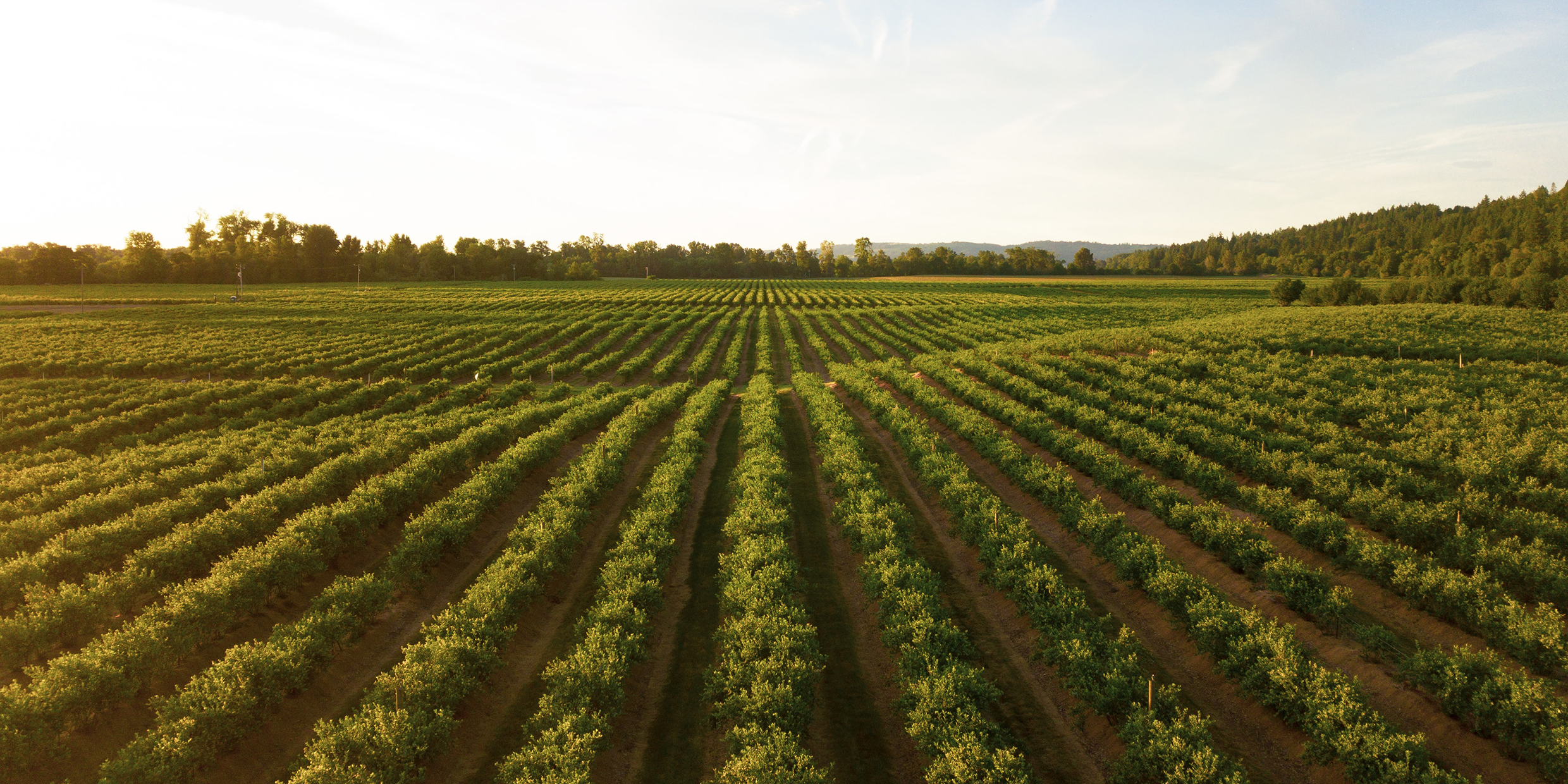Originally published 13 June 2000
Humanity stands on the brink of an agricultural revolution potentially as great as the one that occurred when our ancestors gave up a hunter-gatherer way of life and settled down as farmers.
Scientists and engineers are poised to genetically modify organisms to increase the yield, nutrition, freshness, and pest-resistance of food plants and animals.
Of the 72 million acres of soybeans planted in the United States last year, half were planted with GM, or genetically modified, herbicide-resistant seeds. In these fields, weeds are more easily controlled by herbicides, less tillage is needed, and soil erosion is reduced. Worldwide, about 70 million acres of GM crops are being grown, and this number may soon rise dramatically.
At the same time, the long-term safety of GM foods has not been established, and at least one study indicated harm to monarch butterfly larvae from the pollen of GM corn. Although that study was disputed a week ago, grass-roots opposition to these new technologies has put agribusiness on the defensive. Anti-GM protests have been strongest in Europe, but American ecoactivists are beginning to flex their muscles.
What is an ordinary Jane or Joe to make of the controversy? Will genetic engineering mean healthier, more productive lives for all, especially those teeming masses in the less-developed world who teeter on the brink of starvation, and with less damage to the environment — as promised by agribusiness giants such as Monsanto? Or are GM foods a perverse and unnatural intrusion into nature that will shatter established ecosystems and cause cancer in humans — as predicted by the ecoactivists with their “Frankenfoods” placards?
As global citizens, we have a responsibility to take a stand on what may be the most momentous technological debate of the next decade. But how do we inform ourselves on an issue that turns on matters of complex science and strongly conflicting claims?
Certainly, we should listen carefully and reflectively to every point of view. But, even then, few of us have the technical expertise to satisfactorily evaluate the evidence.
A few basic guidelines:
- Listen to agribusiness hype with skepticism. There’s lots of money to be made on transgenic crops (although, so far the rewards are mostly for farmers), and, as we have learned from the tobacco business, corporate profit and the public interest don’t always go hand in hand. The big corporations will show little interest in the kinds of GM research that would be of most benefit to the poorest nations of the world.
- Be skeptical, too, of the ecoactivists. They are often poorly informed and motivated by black-and-white moral judgments, romantic and unrealistic notions of nature, and sometimes herd behavior.
- Look for informed sources of information without an ax to grind. Polls show that Americans overwhelmingly trust the US Department of Agriculture and the Food and Drug Administration on food safety. So far, it seems, the USDA and FDA have been favorably disposed to GM foods. Nearly three-quarters of all GM crops in the world have been planted in the United States. Whether this acceptance survives the onslaught of the newly-vocal opponents of transgenic foods remains to be seen.
A recent study by the US National Research Council, the research arm of the National Academy of Sciences — commissioned and paid for by the Research Council — contends that there is no scientific evidence that crops genetically modified to resist pests pose any special health or environmental risks. The report does recommend that US government agencies tighten the regulation of GM plants.
What the Research Council calls for is vigilance without panic. Nevertheless, the Research Council has been accused of bias and “paid-for” science by environmental groups. The same charges have been leveled against the USDA and FDA.
Those who resist the introduction of GM foods must address the problem of how to feed a growing global population with minimum disruption to the environment, especially in the small-holding farming systems of the poorest countries. It has been estimated that the demand for food cereals in 2025 will be 80 percent greater than the 1990 average. Meeting this demand will inevitably mean increased use of chemical pesticides and artificial fertilizers — or GM plants. It remains to be seen which strategy is least harmful to humans and to nonhuman nature. Ecoactivists may praise the advantages of organic or “natural” foods, but organic farming will not feed the planet’s burgeoning population.
“Natural” is finished, one way or the other. We are living in an increasingly artificial world, and there’s no way around it unless global population takes a nosedive — quick.
I’m glad that scientists and engineers of the agricultural schools, public research centers, and, yes, even Monsanto are looking for new ways to feed the world. I’m glad too that ecoactivists are out there with their placards and linked arms, keeping the pressure on government agencies to evaluate the risks and benefits of transgenic organisms — and to earn with their unbiased action our continued trust.



